I head to Iceland as Icelandair receives its first A321LR – and its first ever Airbus
Links on Head for Points may support the site by paying a commission. See here for all partner links.
On Tuesday, Icelandair took delivery of its first A321LR aircraft.
By itself, that isn’t notable – the ‘LR’ Long Range variant has been in service with JetBlue, Aer Lingus and TAP Air Portugal for a few years. But this was a big day for another reason: for the first time in its 87-year history, the airline will fly an Airbus aircraft.
Icelandair has historically had an all-Boeing fleet. With the exception of a few regional aircraft, which it acquired following the integration of Air Iceland Connect, it operates a fleet of Boeing 757s, 767s and 737MAX.
Airbus has managed to cut through the Boeing stranglehold, whether through cut-throat pricing or simply by offering a better suited aircraft. This is because Icelandair’s business model as a transatlantic connector is almost uniquely suited to the A321LR and XLR family, of which it has 17 on order with options for a further 12.
Both variants allow the airline to operate flights between 4,000nm and 4,700nm, putting all of Europe and all of the United States and Canada within its reach.
The A321LR that landed at Keflavik Airport on Tuesday is the first of four. The balance will be the even longer range XLR variant, capable of flying up to 4,700nm depending on the cabin configuration.
In theory, this allows Icelandair to operate flights into the Northern latitudes of South America, Central Africa and even India, although those are unlikely given its current strategy of shuttling passengers between North America and Europe via its conveniently placed hub. Think of it as the Dubai of the North: convenient geography for traversing the Atlantic.
Whilst the 13 A321XLRs won’t arrive until 2029, Icelandair was able to get its four A321LRs much sooner, with all arriving by the summer of 2025.
I was one of a handful of international journalists invited to witness the arrival of the first of these, TF-IAA, from a tantalising vantage point next to the runway.
After a very low fly-over in Reykjavik, the aircraft landed through icy rain at Keflavik Airport before ceremoniously taxiing back down the runway.
Following its arrival, I had the opportunity to step on board and see what Icelandair has in store for its customers.
Ultimately, the A321neo fleet will allow Icelandair to retire the remainder of its ageing Boeing 757s. With a seat count of 187, just three more than the 757, the aircraft type is almost identical but burns 30% less fuel.
A passenger travelling on the A321LR tomorrow will emit only 70% of the emissions of a passenger that travelled on the 757 yesterday – a massive reduction in an industry where even 1% or 2% reductions are given a fanfare.
On board, Icelandair offers an evolution of its existing cabins. Here, again, it strikes a first with the first installation of Panasonic Avionic’s next generation Astrova inflight entertainment system.
This system will soon be near-ubiquitous as its runaway success means that Panasonic has captured fully 70% of the IFE market for new installations.
Icelandair’s unique business model in the middle of the Atlantic means it offers a slightly different business class cabin to what you might expect.
With most European flights just three to four hours and flights to the Eastern US just five and a half hours it will continue to offer 2-2 business class seating rather than the lie-flat business class seats you’d find on most transatlantic competitors.
The good news is that this is ‘true’ 2-2 seating and not the ‘blocked middle seat’ you find on other European airlines’ short haul business class cabins. This means proper, large armchairs from Italian manufacturer Geven in the front, similar to what you get on domestic First in the US. It is more akin (but still more spacious, I think) than long haul premium economy.
The pinch-point comes on longer flights, such as those to Portland, Oregon and Seattle, which can be as long as eight hours. Many would consider this as veering into long haul territory. There will be more on that in my upcoming interview with Icelandair CEO Bogi Nils Bogason.
The A321LR offers 22 of these Saga Premium seats across five or six rows, depending on which side of the aisle you are on. The 16″ 4K screens from Panasonic’s Astrova line are a notable upgrade; the OLED screens offer deeper blacks and a higher dynamic range.
The real innovation is in the modular peripherals bar, which comes with two USB-C ports capable of a (combined) 67w charging and features physical buttons to turn the screen on and off and adjust the volume, amongst other things. Also inside is a Bluetooth chip so that you can connect your own headphones.
As a fully modular item, the peripheral bar can be swapped out quickly and easily between flights in case it is broken or – as may be the case in a few years time – technology evolves and we move onto even better Bluetooth and USB standards.
The same is true for the processor and GPU which are in the underseat box. That allows airlines to upgrade tech in a quicker and more cost-effective way and means onerous ‘head injury criteria’ crash tests can be avoided if the screen is unaffected.
This is all invisible for most passengers, of course, but the thin bezels of the screen, as well as its quality, should be fairly obvious. It mirrors what we are all used to when it comes to consumer technology and the latest generation of iPads. For once, tech on board an airplane looks pretty cutting edge.
Behind the Saga Premium cabin come 165 economy seats, including a number of rows with extra legroom. These too get Panasonic’s new Astrova screens, albeit at a smaller 13″ diameter – still impressive in economy.
At the very rear of the aircraft, Icelandair has opted for a far more spacious galley and lavatory area than the one I saw on Iberia’s A321XLR.
Whilst both airlines have three lavatories for economy class passengers, Icelandair has pushed these further up into the fuselage rather than opt to integrate two into the galleys themselves. This doubles the available space for Icelandair crews and means passengers aren’t crowding out their space when they are preparing a meal service – a problem which is already surfacing on Iberia’s A321XLR services.
Whilst the arrival of the A321neo at Icelandair doesn’t change its business model – it is still committed to recliner business class rather than lie-flat – the bottom line is that it now offers an improved experience for passengers travelling across the Atlantic.
The A321LR will initially ply flights to Stockholm, but it is expected to start flying to the UK with flights to Heathrow already scheduled. Of course, with up to 4,700nm of range it can go a lot further than that and will, eventually, cover many of the cities in its network.



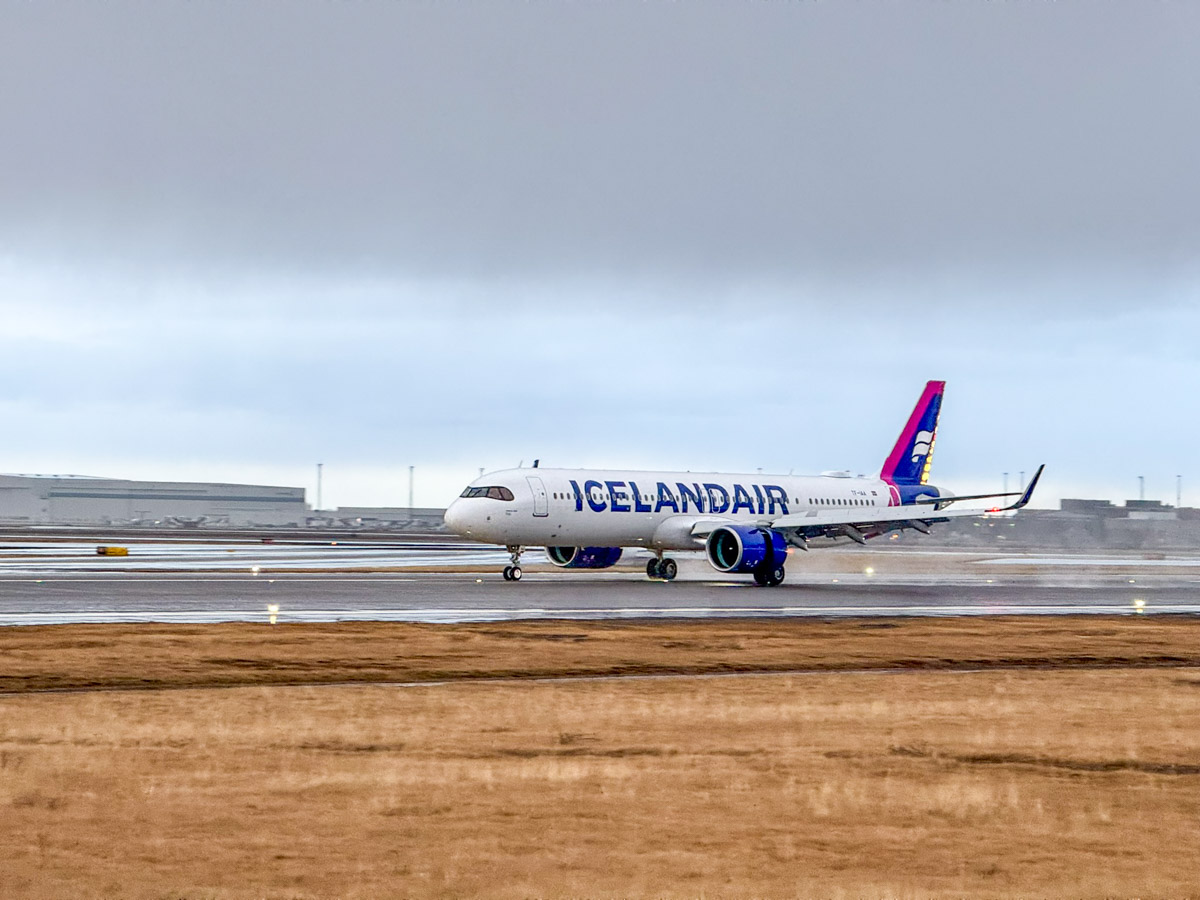
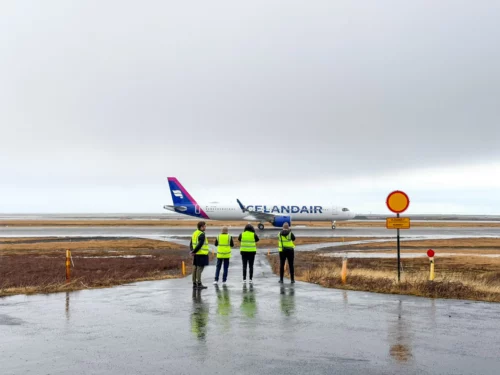

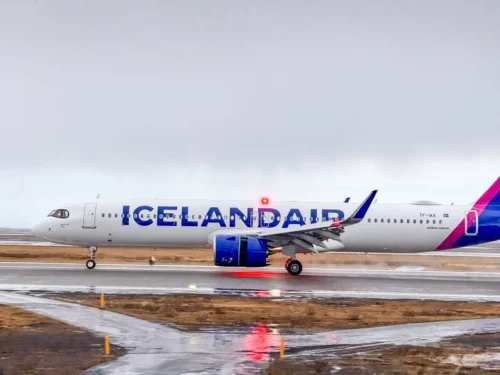
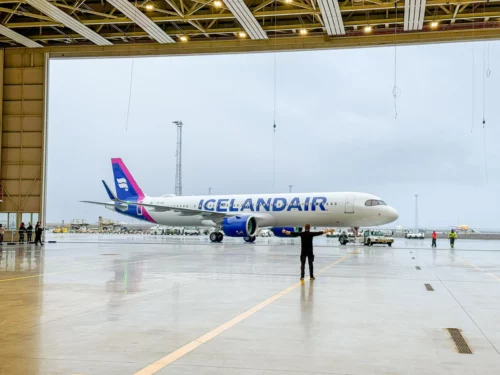
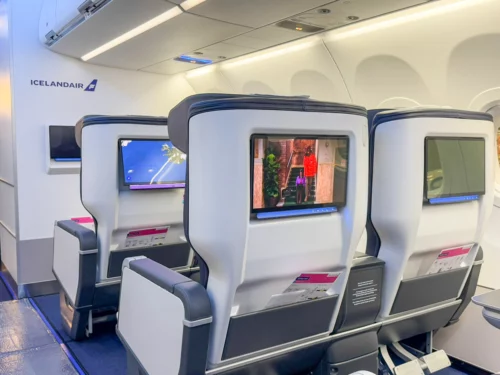
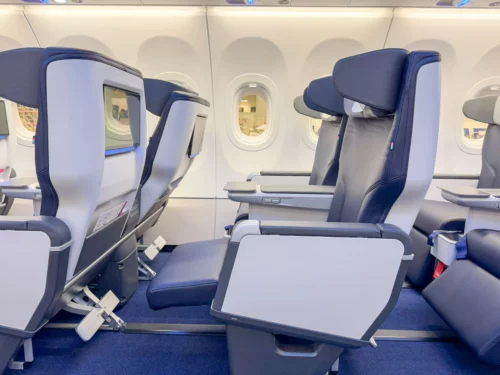
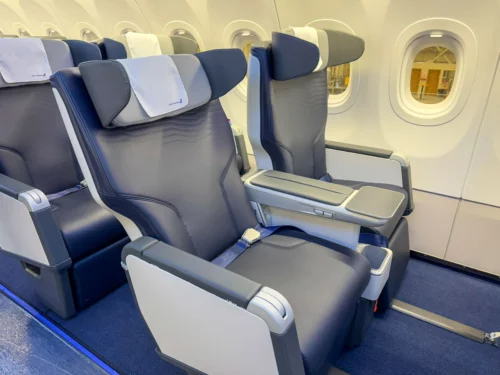
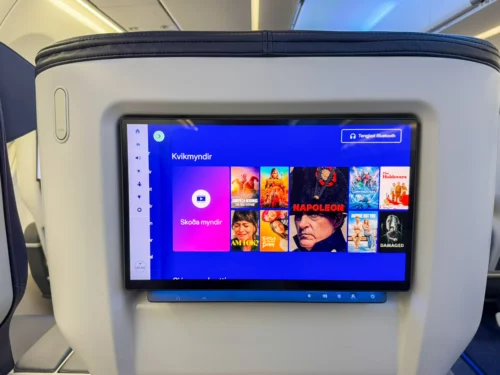
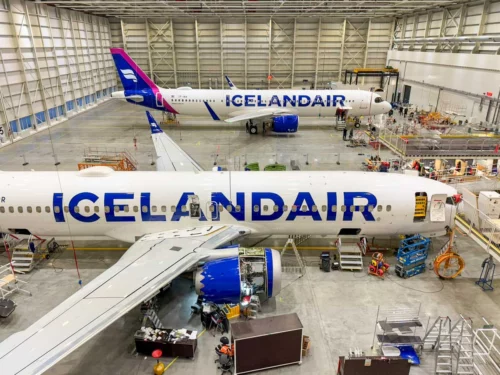






Comments (27)